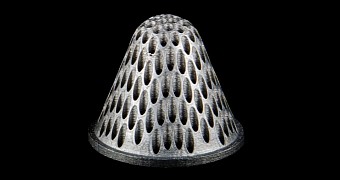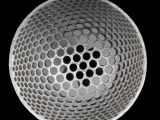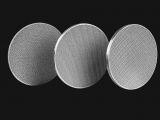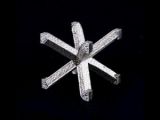Croft Additive Manufacturing (CAM) is a producer of filters which was recently asked by clients to somehow improve the technology behind its filters.
This is a bigger deal than you think. You owe lots of things to filters, like that clean water you drink, sewage treatment, relatively smoke-free city air, morning coffee, the works.
Filters are difficult enough to make as it is, especially with how minuscule the gaps have to be on some of them.
And yet some clients, particularly among pharmaceutical companies, want models that are easier to clean up to high standards. To start with.
CAM has, thus, decided to start using 3D printing technology to meet the new demand, or additive manufacturing as it is otherwise known.
Normal filters use a disc of mesh to create a filter, secured in place by a steel ring. The gaps between the ring and mesh can be really annoying to clean of dirt and bacteria.
3D printed filters don't need to use such a ring, making them easier and quicker to sterilize and polish. No more potential for hazardous biochemical contamination. The bugtraps in the latticework of the mesh or the rim have been completely eliminated.
The Straightliner Filter, as it is called, has a lower pressure drop and resistance as well, due to the holes no longer being at an angle to the filtrate flow and, thus, no turbulence.
All in all, 3D printing enabled more efficient and practical filters and causes fewer headaches when it comes to maintenance.

 14 DAY TRIAL //
14 DAY TRIAL // 


